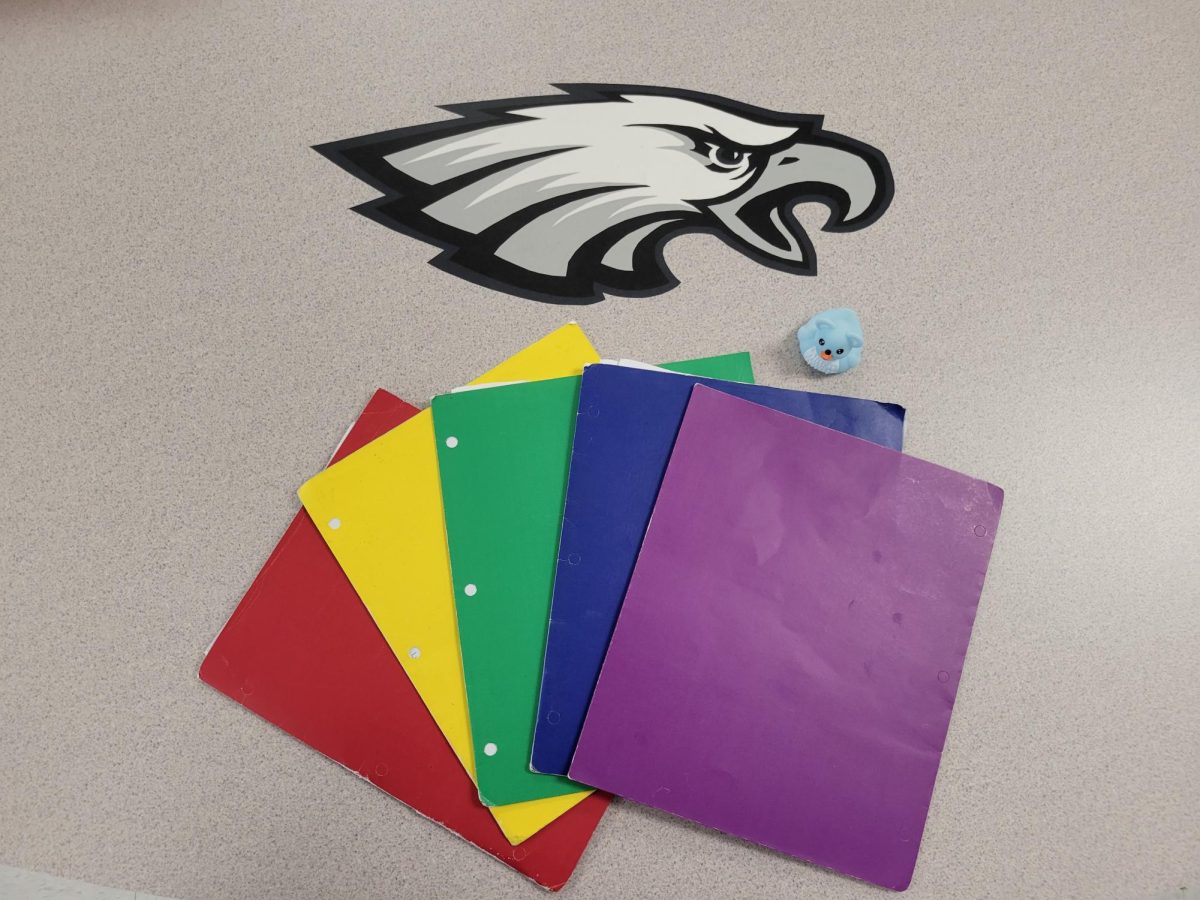Technical Theatre is one of the lesser known classes at Osbourn, with many students taking Technical Theatre over Theatre Arts, but why? Do most students prefer to stay out of the spotlight? “I chose Technical because I’m way too nervous to actually perform in front of a crowd of people, and I’ve wanted to be better with hands-on stuff like that,” said Michelle McDonell.
A bunch of assignments for Technical Theatre deal with building props for upcoming plays. Technical Theatre is the art of utilizing technology and creative engineering to bring the stage to life and enhance the theatrical experience for audiences. It involves the use of special effects, lighting, sound, set design, and other techniques to create immersive and captivating performances. Technical Theatre professionals work with directors and performers to create magical moments through technological innovation, innovation, and ingenuity. “I recommend it, but only if you like building, writing, and drawing,” Cale Long says.
The future of Technical Theatre is full of potential for further innovation and creativity. New technologies are being developed every day, and there are countless creative possibilities for how they can be applied in the theatre. From immersive virtual and augmented reality experiences to holographic performers and robotic stage mechanics, the world of Technical Theatre is constantly evolving and pushing the boundaries. The only limitation is our imagination and ingenuity, When asked, Cale Long says “I believe the future of theatre is definitely going to flourish, as well as keep common factors as the times pass on with more involvement of technology.”
But what about the history of technical theatre?
According to information presented in this class, the history of technical theatre can be traced to the ancient Greeks and Romans. These early civilizations developed elaborate sets and effects to enhance their plays and performances. In medieval times, lighting and sound techniques further developed as theatres became permanent structures. However, it wasn’t until the late 1800s and early 1900s when technical theatre truly began to flourish. The invention of electricity, electric lighting and sound systems, and other technology enabled for more elaborate sets and effects, and technical theatre professionals began to develop more sophisticated systems and equipment.
After some more questioning from both Michelle McDonell and Cale Long, they responded with “It changes depending on what production we are doing. A lot of the time I’ll paint, but some other times I’ll actually create pieces of the set. It changes depending on what. I mostly move things around and drill things together, as well as take things apart.”
This gives us information about the different roles of Technical Theatre students, and how important each and every single one of them is. Painting, assembling, disassembling, and timing are all as crucial as lighting, sound cues, costumes, and communication.
Want to learn more about this class? Talk to Mr. Kite in room 1245.














